An unConcise/math Vision for eBooks
a fixed layout ePub comprised of self-contained text/animation/assignment layers
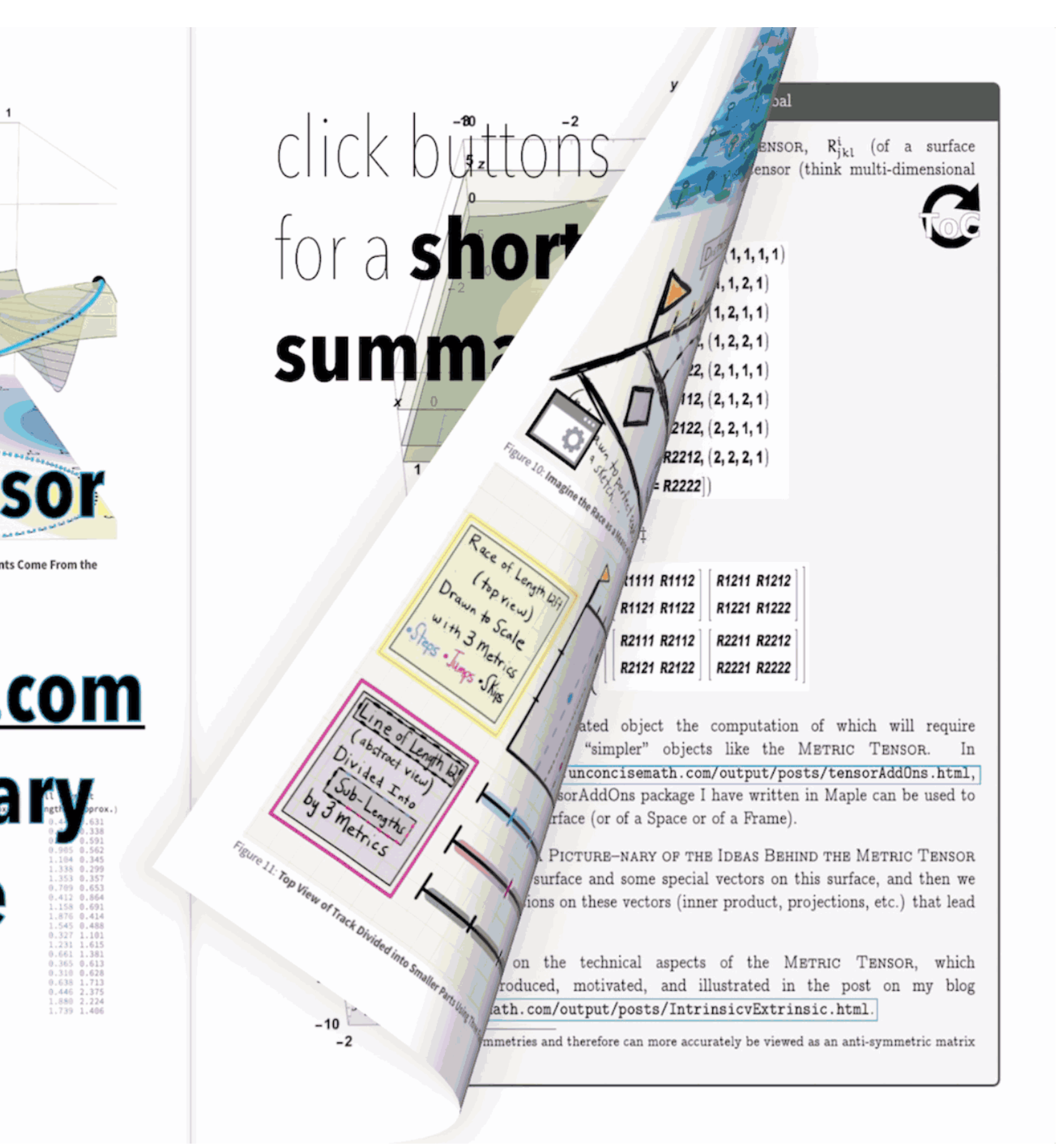
Last Updated: Wednesday, January 03, 2024 - 12:30:42.
What Did You Like About Your Book?
- The characters?
The Disillusioned Scholar aimlessly roaming the book stacks in search of a question. The Energetic Student naively searching for answers. The Ancient Archivist (One-of-Many) diligently preserving their page of the Book of Questions.
- The interactions between the characters and story?
A not-so-chance meeting where The Scholar’s question coincides with The Archivist’s Question. With seeming gravitational certainty, an unfortunate and infrequent collision of a Question with its Answer foments a Congress of Archivists wherein an unprecedented edition of The Book of Questions is printed with an Appendix of Ethics.
What is a Book?
No matter the characters or story of your book, I would be willing to wager that we all have (at least in this current year of 2023 and not, for example, 4046) a very similar idea about what a “Book” could be.
Likely this Book is a physical book (whose “Pages” are made of some type of wood pulp product and bound together into a “Book”) and could look something like seen that in Figure 1.
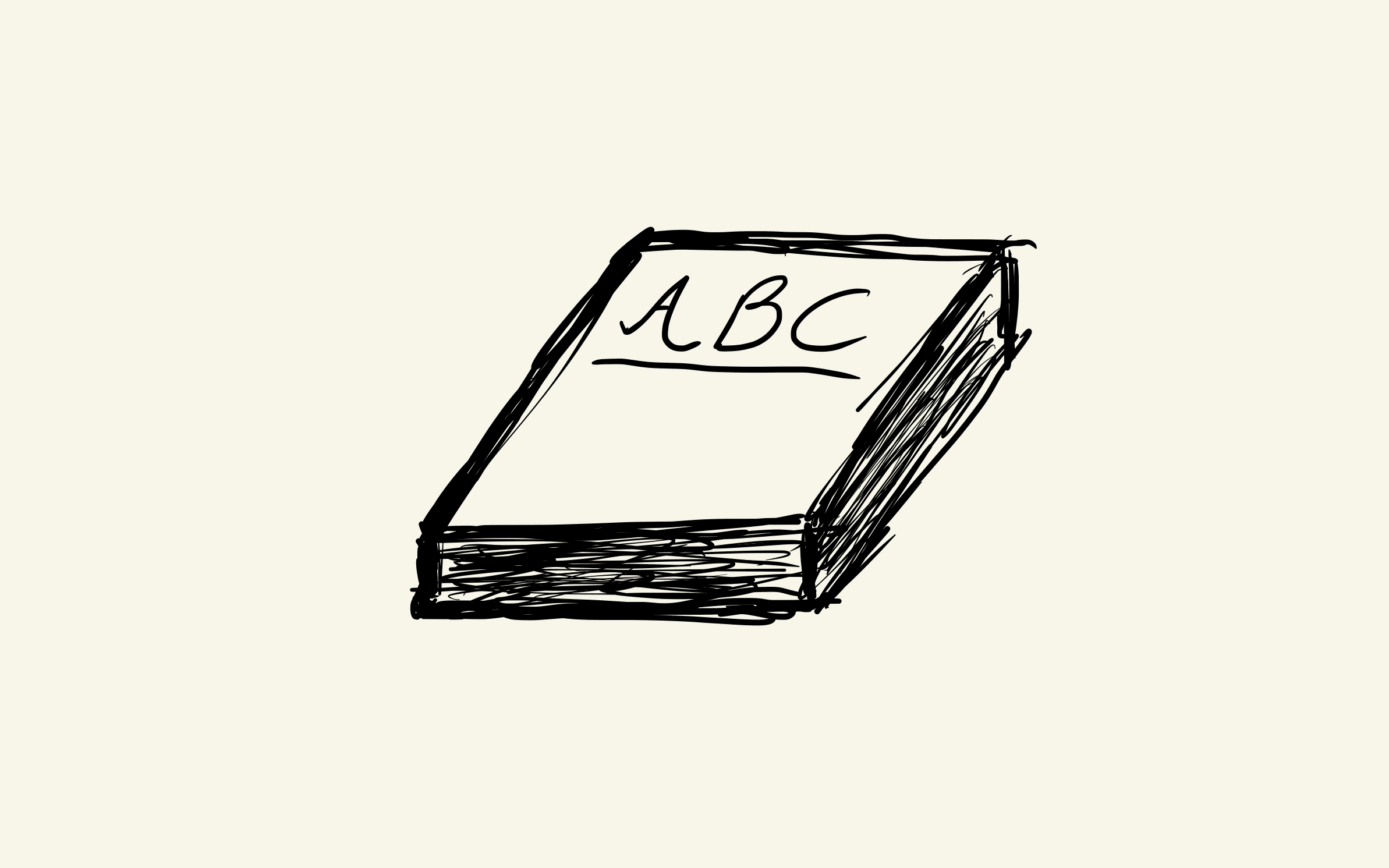
Figure 1: We all probably have a similar idea of what it means to be a “Book”
Perhaps Your Favorite Book was an Electronic Book (eBook)?
Think of an eBook as a “digitized version of a Book” that you read on some type of eReading device.
This eBook could intentionally and approximately mimic a Book (to varying degrees of success) and therefore look somewhat like a Book. However, as a new kind of Book, this eBook could have features that a Book does not have (like precise chapter navigation) and could look something like seen in Figure 2.
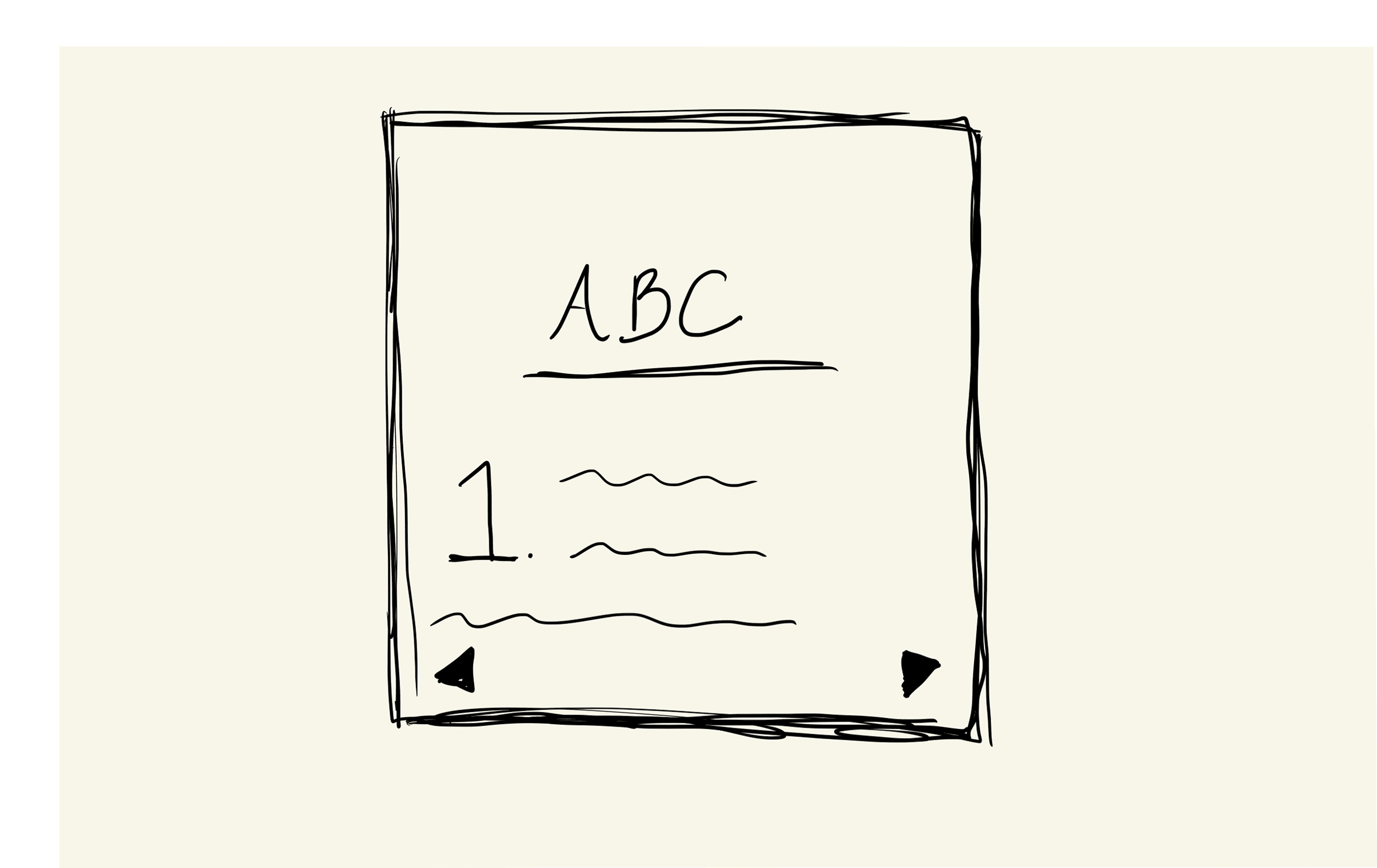
Figure 2: We are all also probably becoming more familiar with “eBooks”. These eBooks look somewhat like Books with page turning capabilities, but also have features like precise chapter navigation that a Book does not. Having the ability to jump around the chapters of an eBook is, to some readers, a feature while to other readers a bug (if this navigation does not also allow some type of bookmark for the page you jumped from).
Does It Make a Difference if the Story or Characters are in eBook or Book Form?
The answer to this question naturally depends on so many other questions?
What if you are low-vision (like my mother)? Then perhaps no Book will actually be accessible. Yet an eBook which offers features like Font re-Sizing and some type of Dark Mode (or white background reduction) would allow for some limited accessibility. For full accessibility, converting the Book text to eBook digital text, and finally into some form of digital text that a screen reading software can reliably access and effectively communicate is the ideal option.
What if the story dictates a form? If you have no visual impairments and are content to read text-centric novels, then likely the eBook or Book option is a question of preference or simply one of Library or eRetailer availability. But what if you needed to read a text-centric user manual for work to learn about a new technology? Then likely the eBook (with it’s chapter navigation and text search capabilities) would be an ideal option.
What if you are the author of the story? You might have strong opinions that all the words you envisioned on page 1 of your Author’s manuscript are those same words that appear on page 1 of your Readers Book. If these page numbers matter to you as the author, then eBooks are probably not for you since Font re-Sizing effectively makes these page numbers irrelevant. If you are ambivalent to the idea that one of your Book readers on page 250 of your 500 page manuscript is at the same place as your reader who has completed 50% of the eBook, then by all means keep the eBook option open.
- Perhaps the Author wanted to finish page 1 on a cliff hanger so that the Reader is encouraged to turn to page 2.
- In an eBook there is no traditional Book concept of pages if the text of those pages can “re-flow”.
- Personally, I don’t think even something as simple as page numbers should be taken for granted or made obsolete without extremely good reason. For example, it is these little numbers that allow people in a book-club to quickly navigate to the paragraph being discussed. These page numbers too are a healthy marker of time, “I’ll read just two more pages then go to sleep”.
What if you are a STEM college student (Science, Technology, Engineering, and Mathematics) and have need of a textbook that is not only text-centric, but also relies heavily of full color images with additional video and animation resources? Can a Book accommodate these wide variety of resources? What could or should this Book look like? If you are an author of a book from the categories “novel” or “user manual”, the choice of Book (physical) text or eBook (digital) text might be very straight-forward. However, selecting a book type in the general textbook category is, to my thinking, not nearly so clear a choice.
What if you are a teacher of an early education student? Will your students even read an eBook? Are eBooks financially (e.g. eReader costs) and socially viable (e.g. eBook accessibility, Apple Books is only in a limited number of countries)? Is the Process of Learning and Learning Progress different for Books or eBooks?
What if…Your Favorite Book was a Textbook (A Hybrid Possibility)?
I know that it is statistically unlikely that your favorite book is a textbook. But have you ever wished that the books you used in school (or that your children or students are currently using) had more in common with one of your actual favorite books in terms of story or character development? The answer to this question could lead to other questions:
Why care about characters or story? I surmise that these are the reasons we read and finish books.
Can character development and story take place in textbooks? From my perspective this should certainly be possible. For STEM subjects, authors (particularly those in mathematics) could reflect on the fact that our “textbook” characters are likely very unfamiliar and very different from a “novels” characters.
A novelist can take advantage of the fact that their readers are familiar with characters from their own day-to-day lives like Neighbor, or Sibling, or Partner, or Bad Guy, or Good Lady. With these “familiar-characters” in mind a novelist can help a reader make intuitive leaps to newly imagined characters like Space Alien or Super-Hero or even Super-Hero-Space-Detective.
A textbook author might need to think about how to even think about character development. A textbook author might need to make their characters familiar (visually and physically) so that there is even room for a story of ideas to take place in.
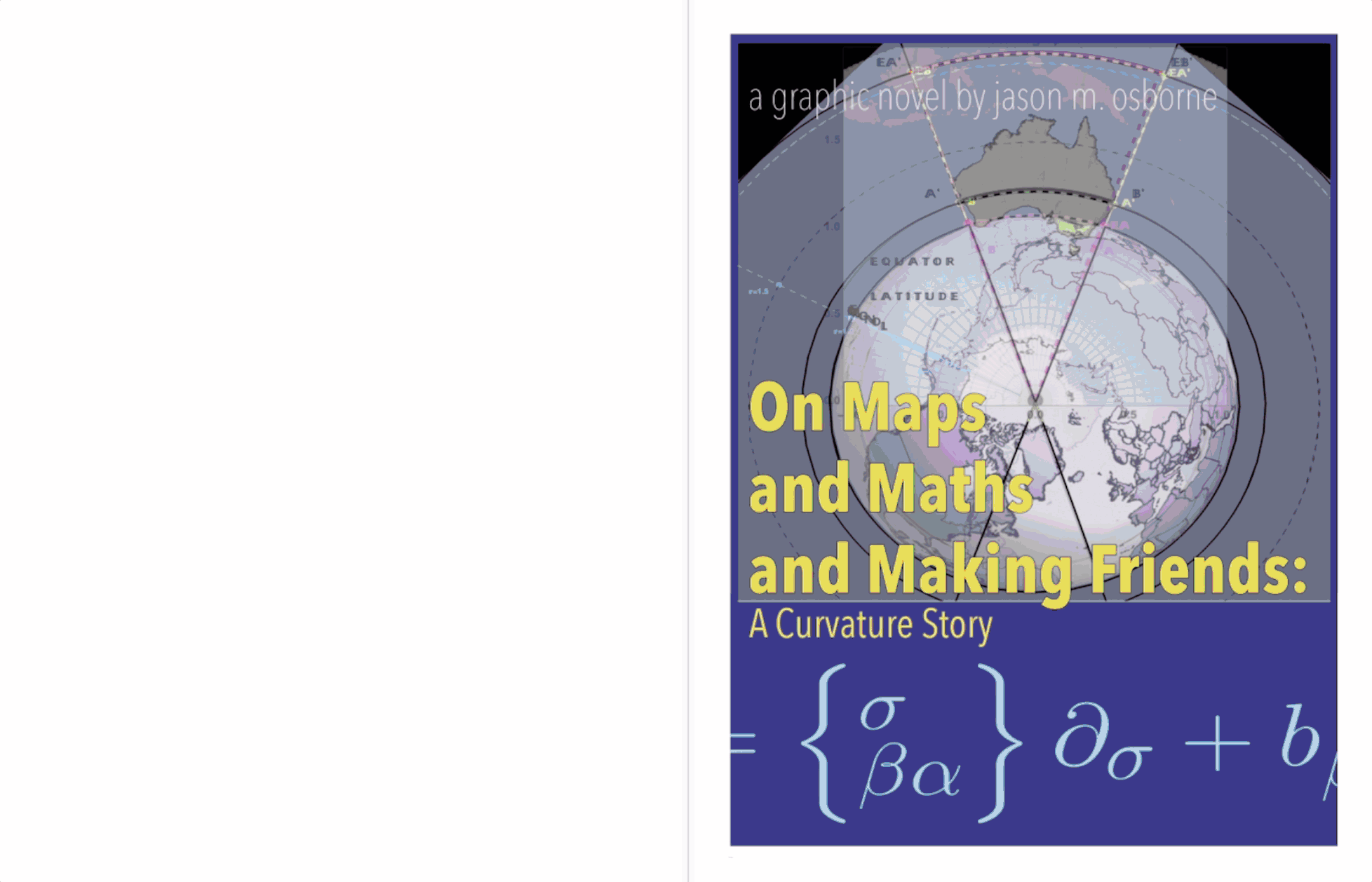
Figure 3: An eBook/Book Hybrid Possibility with Character Development as Illustrated in the Blog Post A Curvature Story Post and Apple Book A Curvature Story eBook.
The Promise of a Page
There are so many situations where a thoughtful, empathetic, and critical analysis will honestly leave you unsure about whether or not an eBook, Book, or some hybrid of the two is the right choice;
- As an author, how would you like to communicate your thoughts?
- As a reader, how would you like to interact with and experience an authors ideas?
As an educator, writer, and creative tinkerer, I am interested in a Hybridization where key features of both Books and eBook are selected and amplified. An example of my take on such a hybridization can be seen in Figure 4 wherein we note an interactive emphasis on Pages and Text/Animation/Assignment Layers.
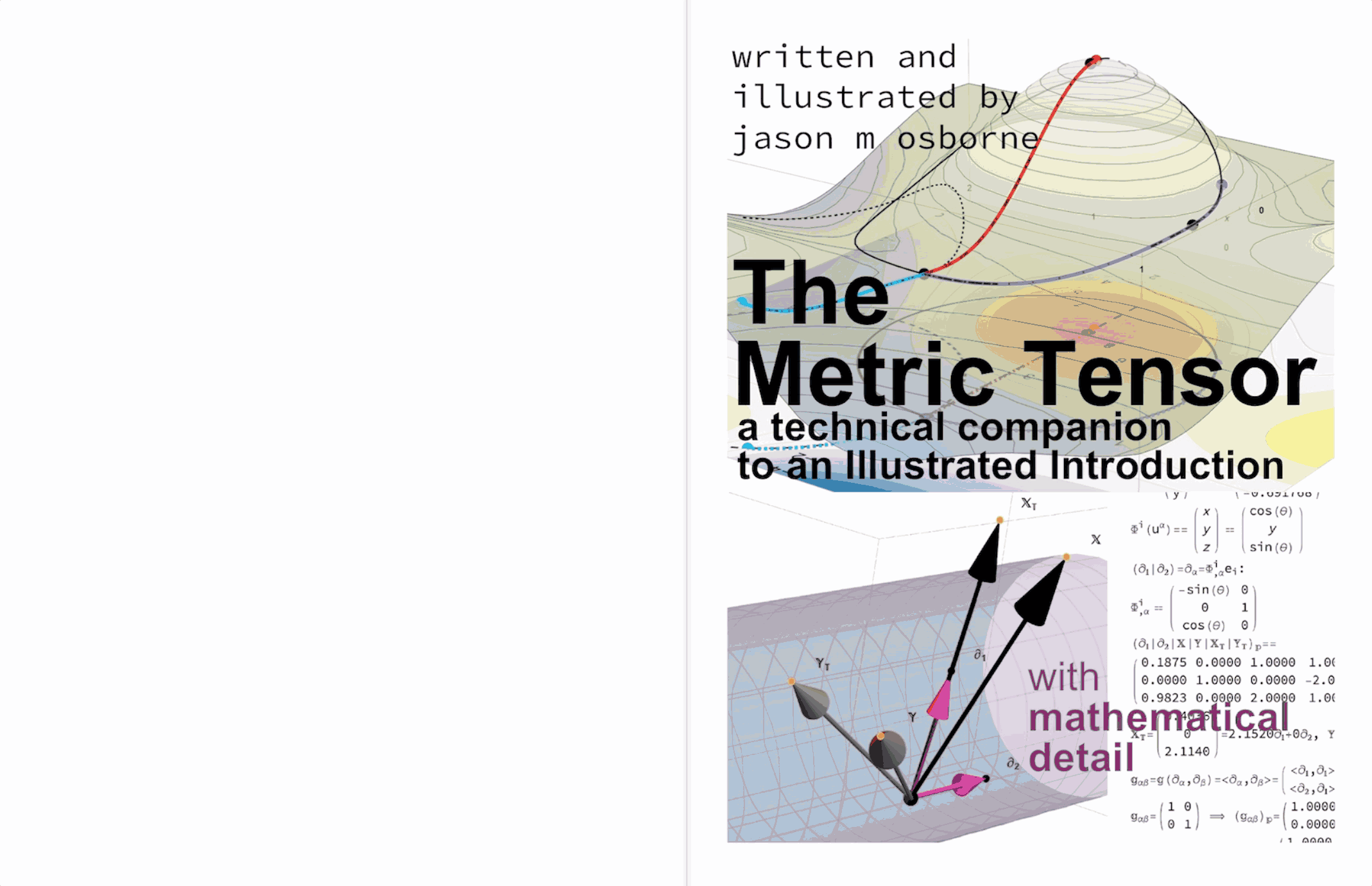
Figure 4: An eBook/Book Hybrid Possibility with Pages and Interactive Layers as Illustrated by the Apple Book The Metric Tensor Illustrated eBook
- A book is a promise. A promise from the Author to a Reader that the book they have in their hands is self-contained. A book is a promise that if the Reader makes their way, page-by-page, through the story then it will come to some type of an end. Even if the book is precluded by or continued in other books, so be it. Those are simply other stories and promises to be collected. These collections form an intentional curation of a particular Author’s ideas.
All this is to say, perhaps rather too dramatically, that, in my opinion, a key feature to preserve in any book hybridization should be that of the “page”. The page (whether physical or digital) is both timekeeper and guardrail of a story.
Without pages what would we have? Infinite scroll apps with their clever and insidious way of stealing more time than we wish to give. Heavily linked webpages (whereby webpage I think of a digital page often neccesitating heavy scrolling) which link to a practically infinite web of other digital pages that collectively form an un-intentional, un-curated, and un-ascribable maze of rabbit holes of No-One-In-Particular’s thoughts and ideas?
Without pages what would we have? A mass of words in digital ink collected into sections and organized in sections-within-sections whose only limit is (you guessed it, my favorite) an infinite or heavily scrolling webpage (which is really no limit at all).
A Story as a Spectrum of Carefully Curated Ideas
In my experience, students seem to like to watch and learn from YouTube Videos more so than reading a book. These videos are often, even when available, not the teacher’s or author’s own videos. From my viewpoint, as an interested observer, it’s almost as if, while perusing YouTube for the perfect video that exactly answers the question before them, many student’s are garage sale shoppers hoping to find a priceless, secret treasure in the FREE section. This is an understandable problem solving tactic given the plethora of videos available, and yet it is also a problematic strategy given that often a student’s search is either too focused on a particular concept or not focused enough on the broad ideas that are really relevant. Student’s after all are still learning how to learn. Based on my experience, I am interested in carefully curating a spectrum of ideas that collectively form a story from which student’s can begin to learn. This story could be broken down into three major tasks seen in Figure 5:
Develop the Characters of the Story in an Image and Animation Intensive Blog Post In this post, key ideas and definitions could be introduced visually. Formulas are minimized at this stage with more of a focus being given to the ideas behind the formulas.
Summarize the Ideas Discussed in the Blog Post with a YouTube Video This video is highly correlated with the blog post and uses many of the same images, animations, and text. The goal of the Blog/YouTube stages could be to foster the curiosity of the student and to set them up for success as they move onto the most important final stage of learning, namely, reading an actual book.
Reading an Book/eBook (e.g. from Apple Books) These Apple Books aggregate all the best features of Books (pages), eBooks (excellent navigation, bookmarks, etc.), and YouTube Videos and Blog Posts (built in animation and text through layering in the construction of the fixed layout ePub). To my way of thinking, educating students is the process by which we as educators help our students begin the process of learning through reading and problem solving. This type of learning process depends on the quality of books being read and the scaffolding of difficulty in the selection of problems to be solved.
All three parts of the spectrum,
- Character/Story/Idea Development via Blog,
- Video Summaries via YouTube,
- Reading Books and eBooks (e.g. through Apple Books),
work together to create a story that students will hopefully find engaging. I surmise that it is the story that will keep students and learners engaged and help them to finish their textbooks.
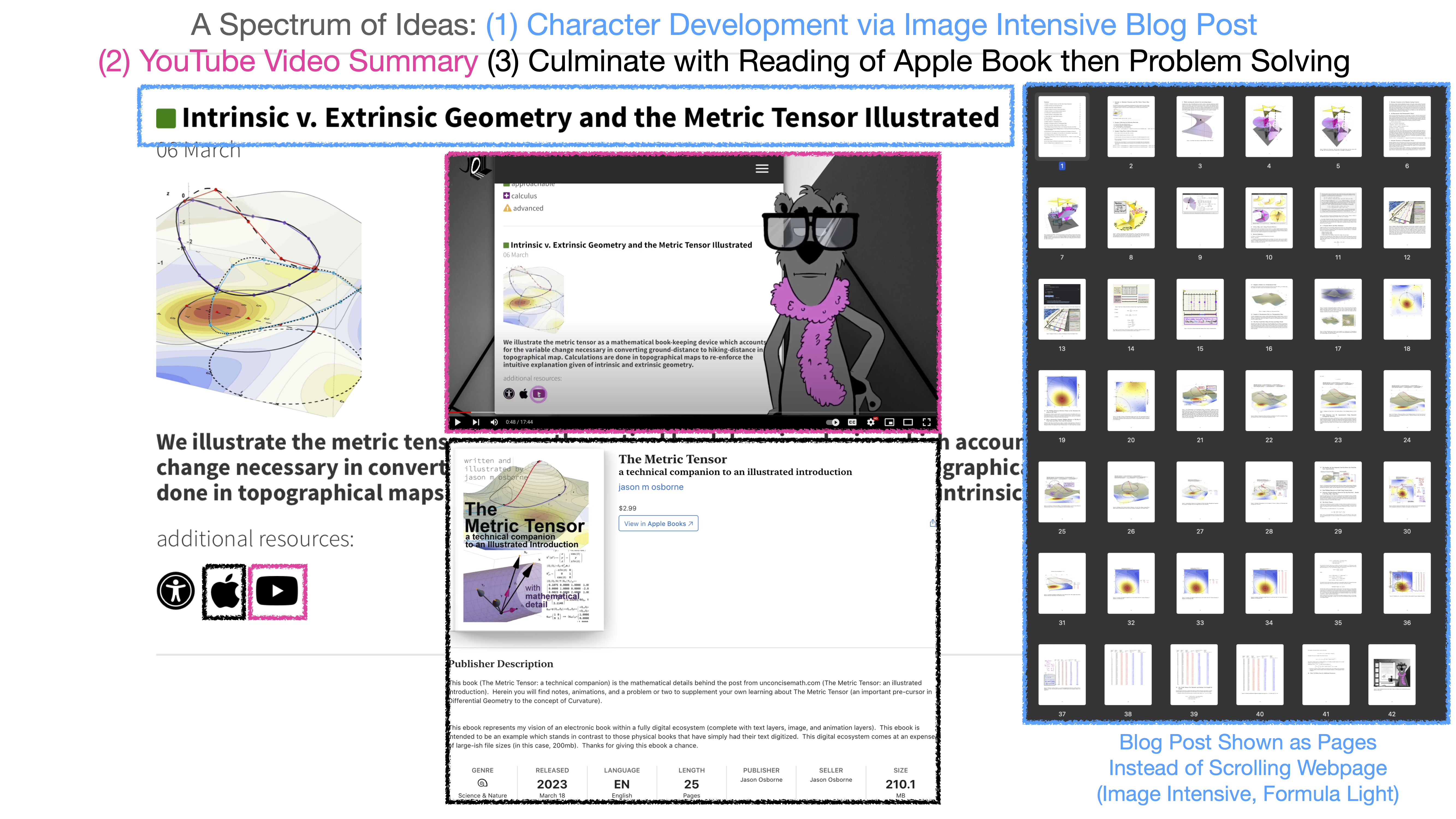
Figure 5: A Story as a Spectrum of Ideas as Illustrated by the Blog Post The Metric Tensor Illustrated Post . All three parts of the spectrum (character/story/idea development via Blog, video summaries via YouTube, reading eBooks via Apple Books) work together to create a story that students will hopefully find engaging. I surmise that it is these stories that will help students finish their textbooks.
An eBook Textbook as a Self-Contained Package of Text/Image/Animation
Depending on how your eBook/ePub is created (for example, via Adobe Indesign or RMarkdown/Bookdown) will dictate the digital features you can give it (for example, layered or flat). The book shown in Figure 6 was created with RMarkdown/Bookdown, so while the ability to embed animations within the text is possible, layering is not a feature that can be utilized. For layering, as seen in Figure 4, Adobe Indesign can be used instead.
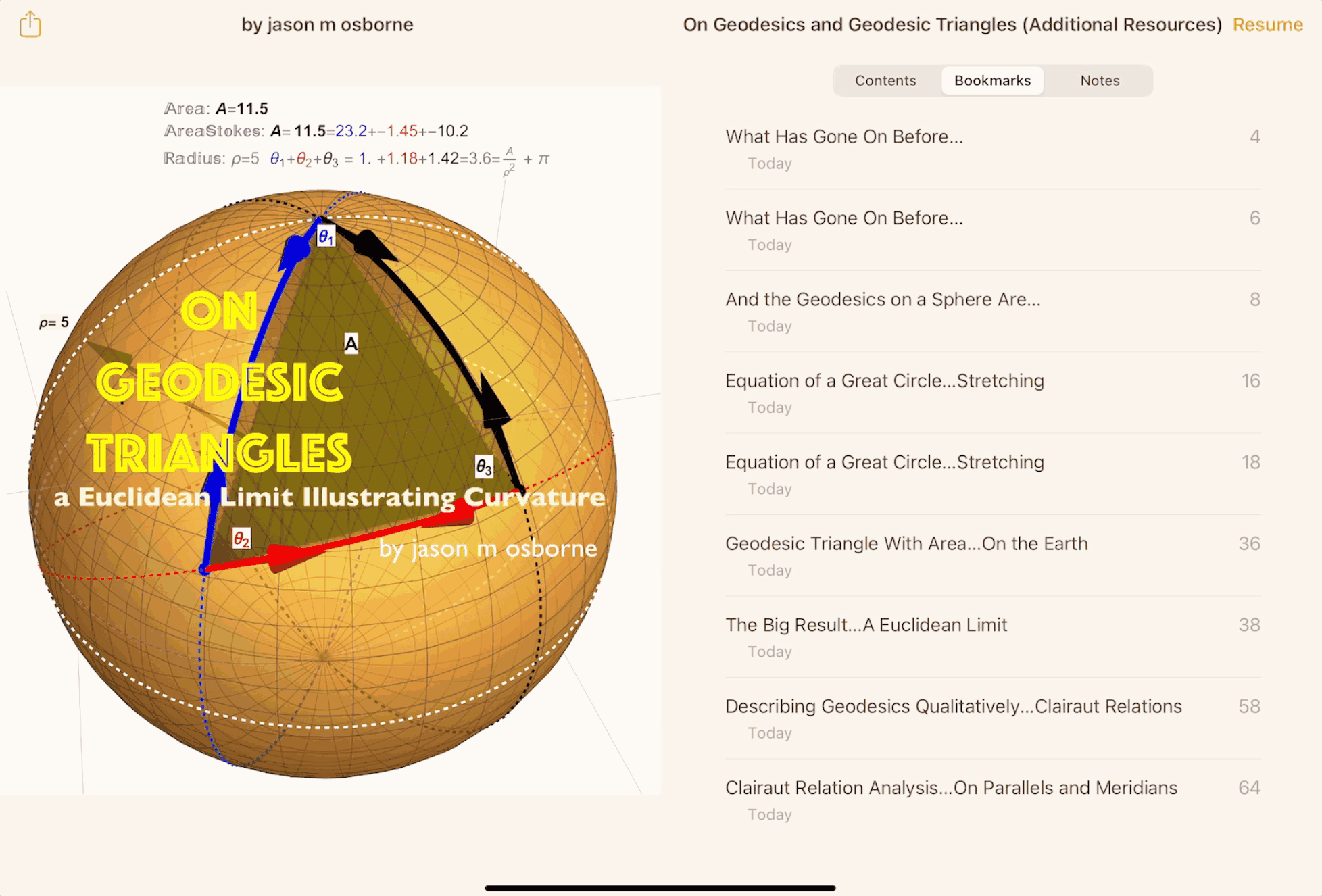
Figure 6: An eBook/Book as a Self Contained Package as Illustrated by the Blog Posts Cost of Curvature Post and Geodesic Triangles Post and by the Apple Book Geodesic Triangles eBook
Current Interests and Future Directions:
The elephant in the room for the year 2023 is AI! Who is currently not thinking about and discussing AI and Large Language Models (LLM’s)? How might these tools effect content creation? Can these tools be used in some stage(s) of textbook creation (e.g. AI creates (and grades) drill or repetitive problems freeing time and space for Professionals to write (and grade) open ended projects and custom problems? Would the resulting Book/eBook be good (or good enough)? Do these tools increase or decrease the value of bespoke, curated, and imaginative resources that are created, edited, and tested by a team of dedicated professionals?
While I am interested in writing about mathematics (it’s a subject matter I am familiar with!) I am equally curious about how technical knowledge in general can be made more accessible. I am as interested in the technicalities of content presentation and delivery as I am interested in the intricacies and veracity of the content itself. That is, while I am currently writing about mathematics using a variety of technical skills, I could equally be as excited about employing and further developing these same skills for a variety of technical subject matters.
I am also really enjoying the creative limitations that a thoughtfully designed page can impose. I am intrigued by the idea of a self-contained page which is complete with supporting graphics, animations, and exercises. With the question in my mind of “How to layer content within the confines of a page to give an informative, accurate, and exciting look into a technical concept?”, I have been exploring features of various tools (e.g. LaTeX, RMarkdown/Bookdown, Indesign, etc.) so as to experiment with a variety of (for lack of a better word, storytelling) techniques which can help to convey complex, technical, and image intensive information.
Good textbooks should be widely accessible, both in an availability sense (e.g. open source or purchase) and also in an usability sense (e.g. design and low vision accommodations). Balancing these requirements is something I am interested to learn more about. For example, there are open source, interactive textbook creation tools and initiatives like those at PreTeXt/ An Open Letter to Future Authors which are asking very reasonable questions like PreTeXt/ Do Commercial Publishers Have a Place in the Open Textbooks Ecosystem?. There is also text creation and conversion software like Mathpix to learn about and test, which has fantastic features like Mathpix/ How To Make a PDF Accessible.
The National Academies have recently produced a series of narratives and infographics for Illustrating the Impact of the Mathematical Sciences. From the description of this National Academies initiative are the stated goals of creating
Three Derivative Products:
- a brochure containing the narratives and figures and a summary of the report’s analysis;
- a Web interactive infographic that links to more details on selected topics;
- a public webinar series
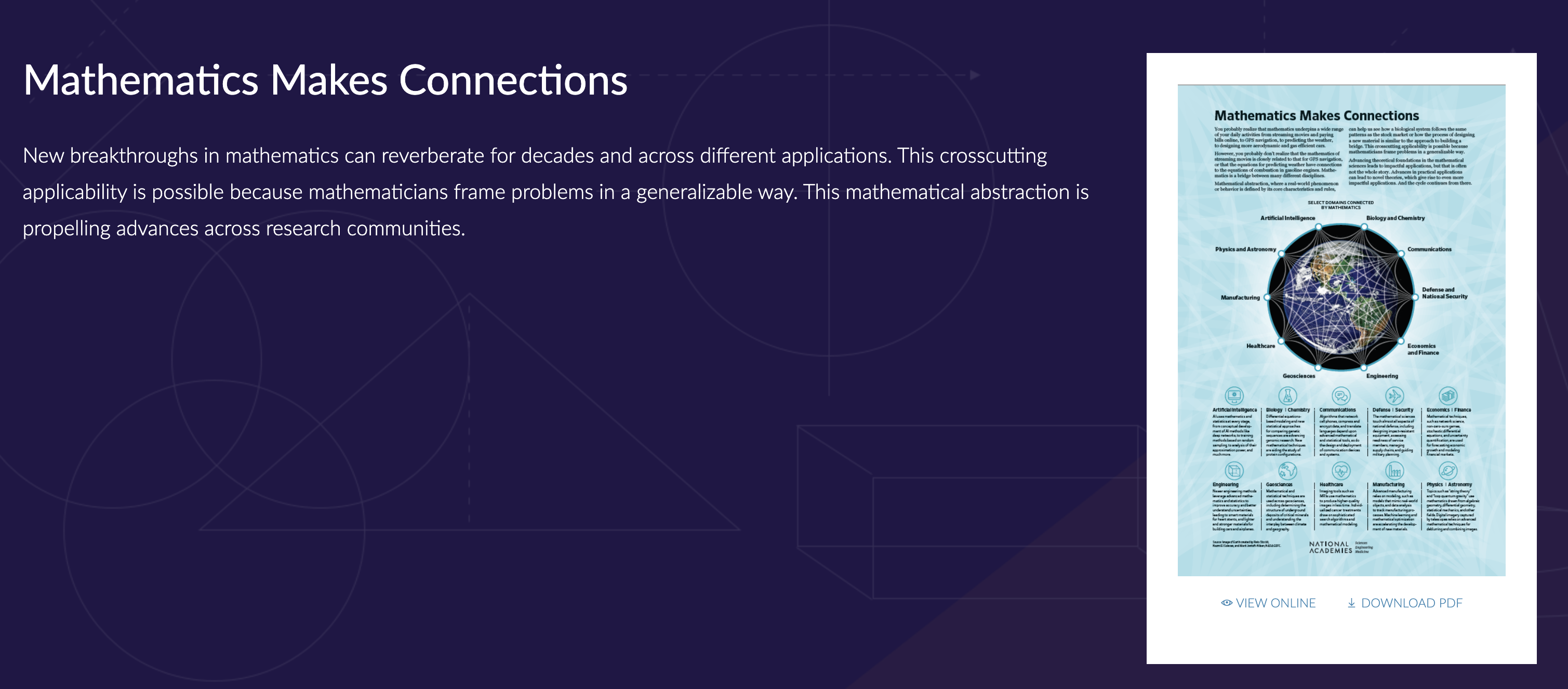
Figure 7: The National Academies have recently produced a series of narratives and infographics which illustrate how Mathematics Makes Connections. (screenshot from https://nap.nationalacademies.org/resource/other/deps/illustrating-math/interactive)
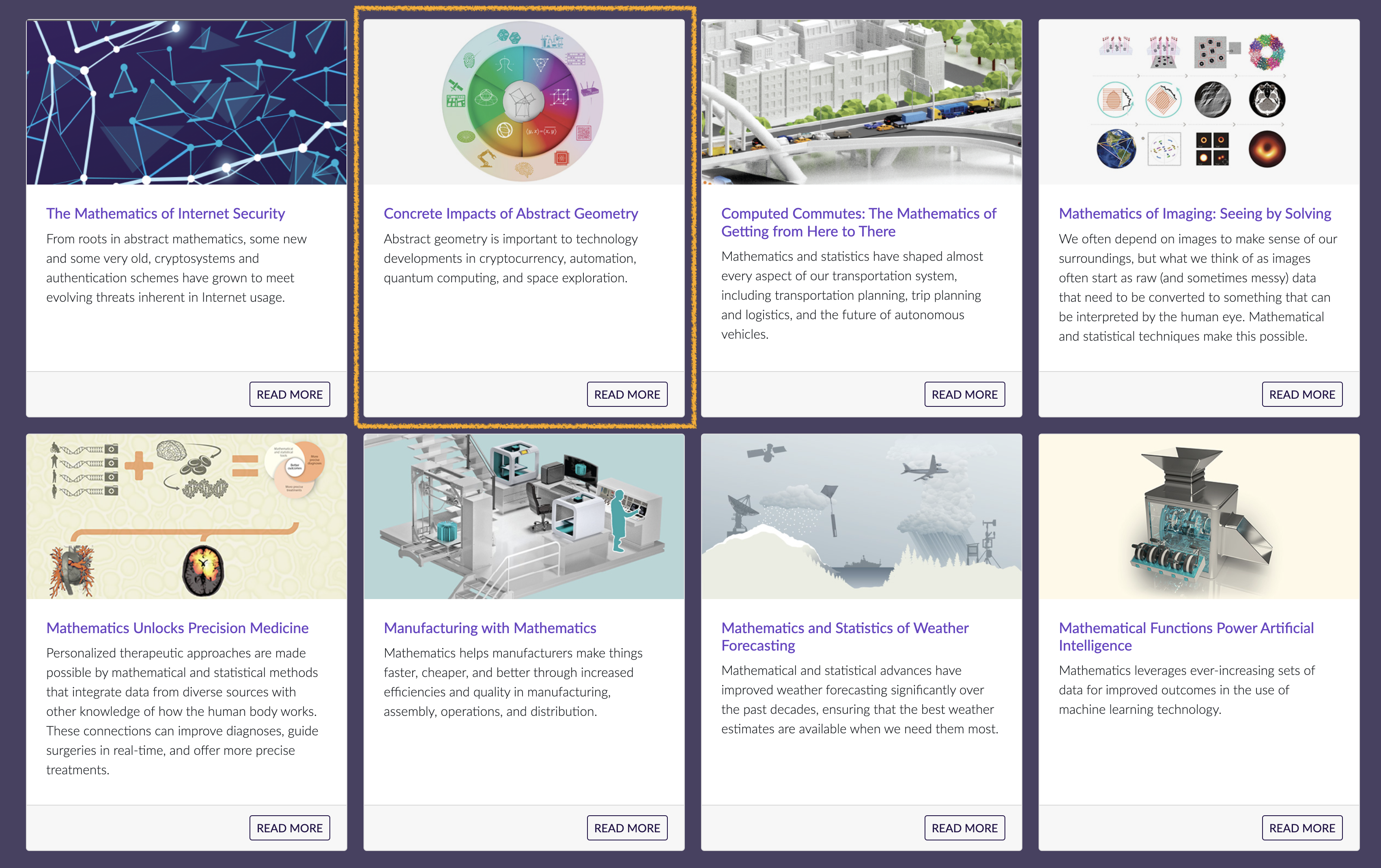
Figure 8: The National Academies have recently produced a series of infographics which introduce a variety of mathematical topics (like Concrete Impacts of Abstract Geometry) through the lens of a Scientific Breakthrough Narrative. (screenshot from https://nap.nationalacademies.org/resource/other/deps/illustrating-math/interactive)
The output, as seen in Figures 7 and 8, of this National Academies initiative (and the team of dedicated professionals who created this output) is certainly impressive. I can easily imagine myself as a student stopping to look at these infographics while walking the halls of my mathematics department on the way to a professor’s office hours.
From the perspective of a student, I can also easily imagine being intrigued by what I was seeing and reading in these infographics. Likely I would even find a question or two in them to add to my list to ask a professor about during office hours. Would I change my major to mathematics as a result of these infographics alone? Probably not. Would I change my major to mathematics based on discussions I had with a professor about these infographics. Likely, yes!
Switching now to the perspective of a teacher, instructor, or professor, I can easily imagine a student wanting to learn more about any of the topics shown in inforgraphics that we as faculty placed in the hallways of our department. The infographics are indeed interesting and should have the effect of engaging the curiosity of students. As a mathematician whose interests are also Abstract Geometry, I can also easily imagine an undergraduate student asking me where they can learn more about, for example Riemannian Geometry. As I expect the National Academies intends, I would suggest that a student start with some of the links in the web infographics. Following these links a student might find information, as seen in Figure 9, that they might also have found too on Wikipedia. While this information is certainly helpful and in keeping with the understandably limited scope of the three (3) goals of the National Academies initiative, I can also see both a student and professor wanting a bit more information to go on should a student want to do an undergraduate senior thesis or honors project on any of these topics.
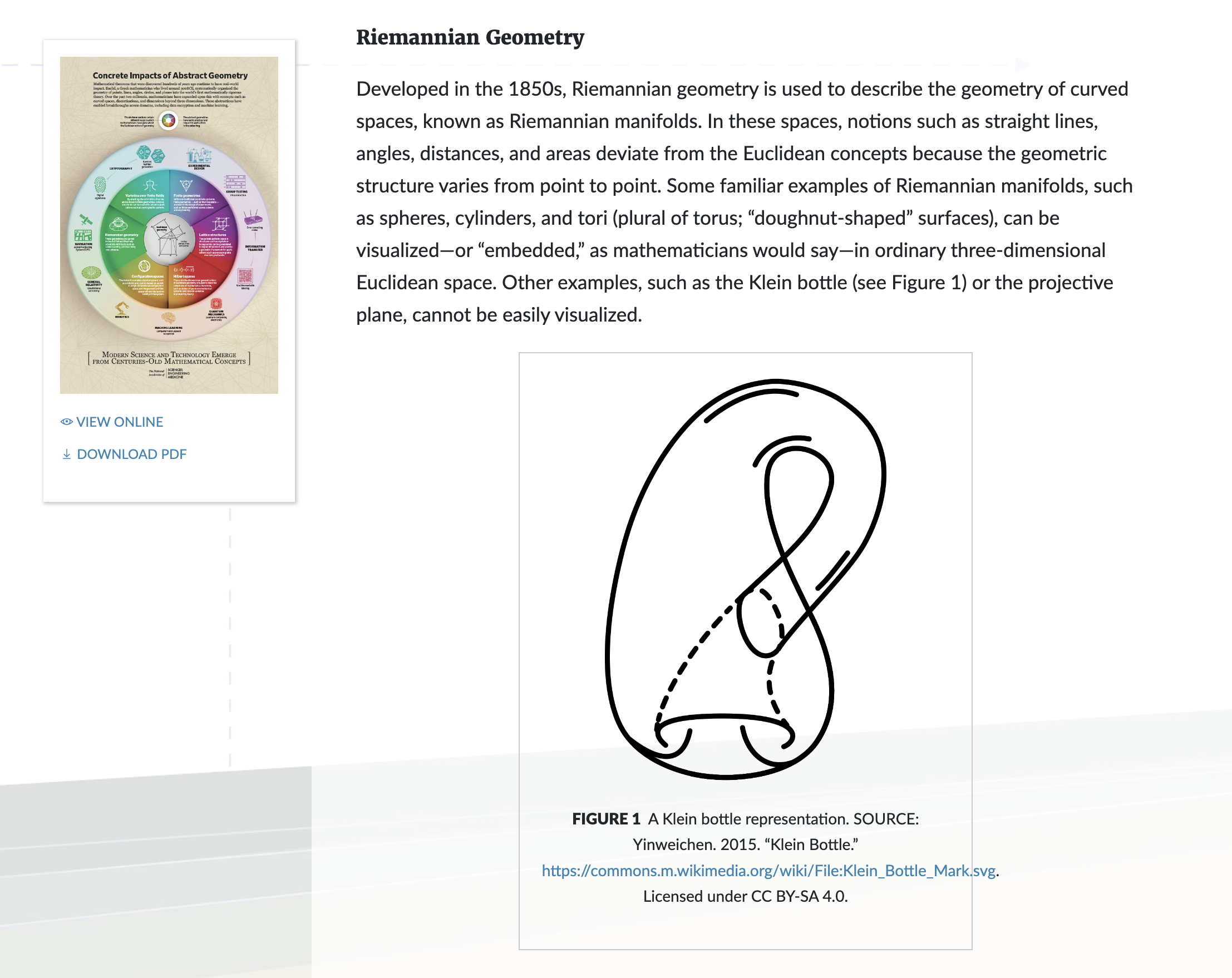
Figure 9: The National Academies have recently produced a series of infographics which introduce a variety of mathematical topics like Concrete Impacts of Abstract Geometry. According to goal two (2) of the National Academies initiative, these infographics should link to more detail about the selected topics (in this case Abstract Geometry in the form of Riemannian Geometry). While this information is certainly helpful and in keeping with the understandably limited scope of the three (3) goals of the National Academies initiative, I can also see both a student and professor wanting a bit more detailed or focused information if a student wants to do an undergraduate senior thesis or honors project on any of these topics. (screenshot from https://nap.nationalacademies.org/resource/other/deps/illustrating-math/interactive/concrete-impacts-of-abstract-geometry.html)
- What we have been attempting to do at unConcise/math is to anticipate a hypothetical goal (of the National Academies or other scientific institutions or publishers) which could, in the future, be roughly stated as
- create introductory and engaging reading, viewing, and learning resources which teachers, instructors, professors, and students can use to transition from learning about the role of mathematics (goals 1-3) to the actual teaching, learning, and doing of mathematics itself.
How we as educators teach (and the tools, resources, and stories we use when teaching) and what students do (via projects and problems) while learning mathematics is what, I believe, will really change peoples attitudes towards mathematics as a fundamental and foundational component of the scientific process.
I should note at this point that I have no affiliation to the National Academies and therefore can speak with no authority about the future path of the National Academies nor affect their adgenda. Goal (4) is merely aspirational from my perspective.
At unConcise/math, we see a need for “pre-textbooks” as defined by
pre-textbook: a book that you can read and engage with on your own so that (1) you become familiar with a variety of the visuals and ideas (the characters and story) behind a topic and (2) that you are encouraged rather than discouraged from continuing onto an actual textbook and (3) that once you do actually start into an actual mathematics textbook, your grounding in the visuals and ideas will act as a metaphorical anchor to keep you from blowing off course in a storm disguised as a boggling array of formulas and mysterious symbologies.
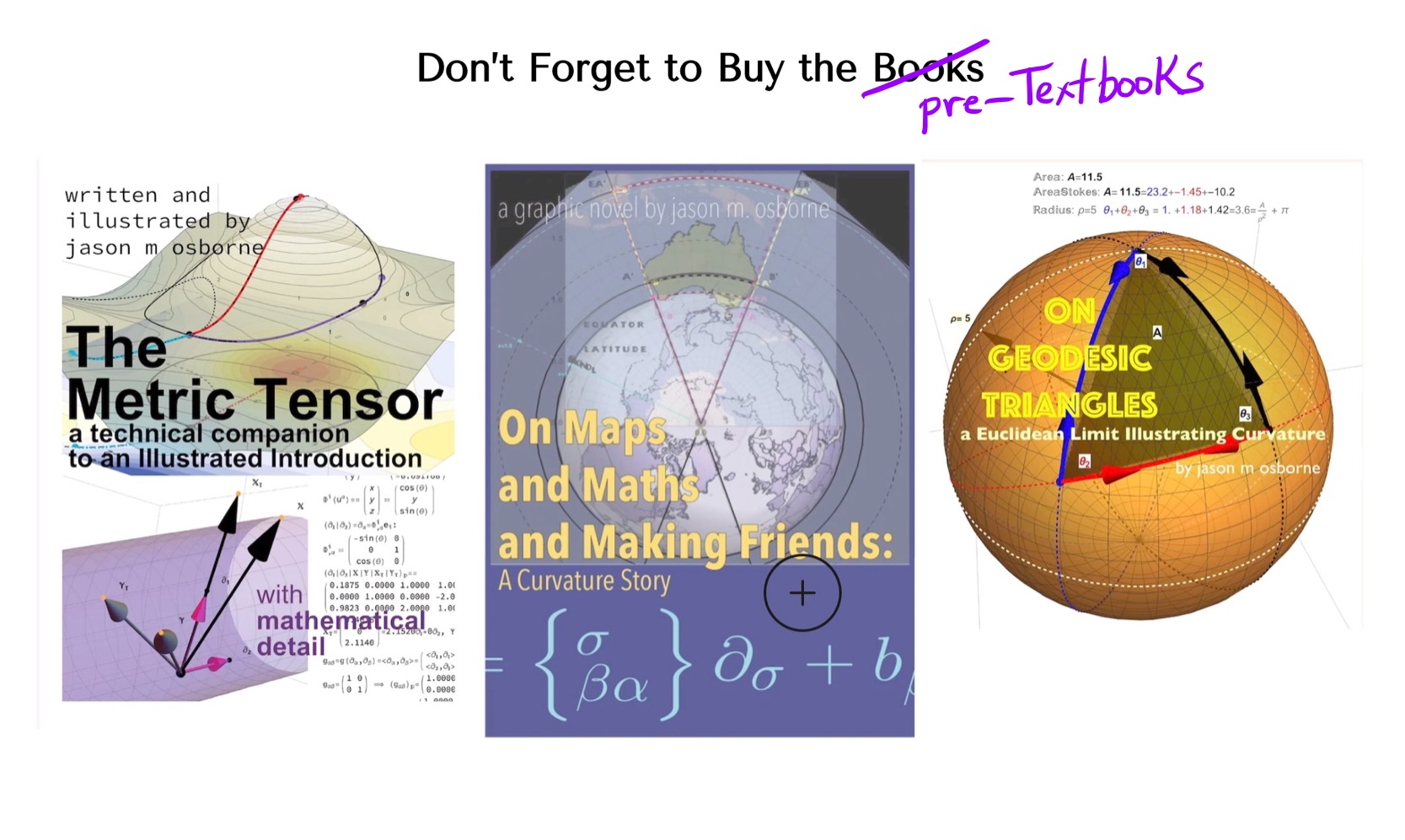
Figure 10: Here are some “pre-textbooks” that are companions to “blog posts” and “YouTube videos” (summarized at unConcise/Blog) which could be viewed as resources for teachers, instructors, professors, and students who are looking to find more detail about one of the many topics (Abstract Geometry) that the National Academies features in their initiative Mathematics Makes Connections.